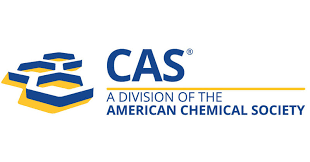Assessing the serum levels of interleukins (IL-6,8,17, and 22) in subjects with acne vulgaris
Keywords:
Interleukins, inflammatory mediators, IL-6, IL-17, IL-8, IL-22, acne vulgarisAbstract
Background: The skin is affected by acne vulgaris, a chronic, complex, inflammatory illness. Data from recent literature have examined the function that inflammatory pathways play in the very early stages of the aetiology of acne vulgaris. Th17 cells, their cell line, and the cytokines that are its downstream effectors are essential for both causing and sustaining the illness.
Objective: This study evaluated the interleukins (IL-6,8,17, and 22) in serum from individuals with acne vulgaris and examined their involvement in the pathophysiology of the condition.
Methods: This study evaluated 60 age- and gender-matched controls and 120 individuals with a confirmed diagnosis of acne vulgaris. Using an enzyme-linked immunosorbent assay (ELISA), the blood levels of interleukins 6, 8, 17, and 22 were measured in each of the included patients, and these levels were connected with the severity of acne vulgaris.
Results: The findings indicate that the study subjects had serum levels of interleukins 6, 8, 17, and 22 of 0.13±0.0152 pg/ml, 0.36±0.078 pg/ml, 0.17±0.0073 pg/ml, and 0.21±0.0131 pg/ml, respectively. In contrast, the levels in the control group were 0.11±0.0073 pg/ml, 0.12±0.032 pg/ml, 0.11±0.0031 pg/ml, and 0.19±0.0097 pg/ml, respectively. In terms of serum interleukin levels, there was no statistically significant difference between the two groups. There was a strong and statistically significant positive connection seen between the blood levels of IL-8 interleukin and the severity of the condition. There was also a notable positive association seen between the levels of IL-8 and IL-17.
Conclusion: The current study comes to the conclusion that interleukins 8 and 17 have a crucial effector function in the pathophysiology of acne vulgaris. It has been demonstrated that Th17 cells, the primary generator of interleukin-8 in acne vulgaris lesions, are stimulated by interleukin 6.








